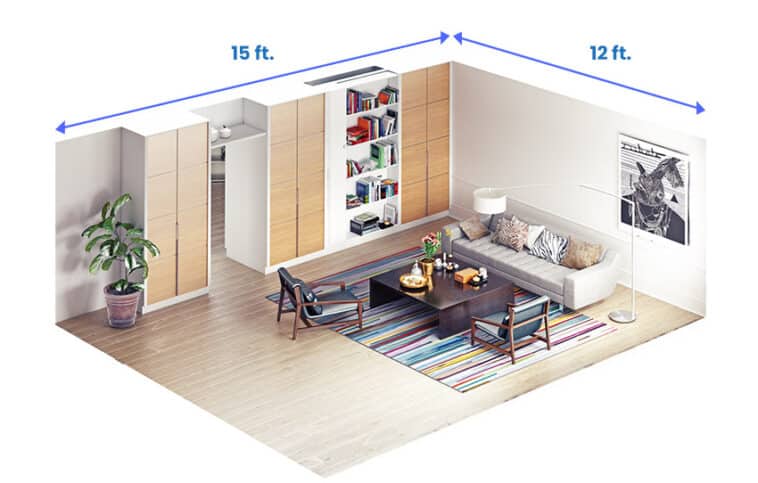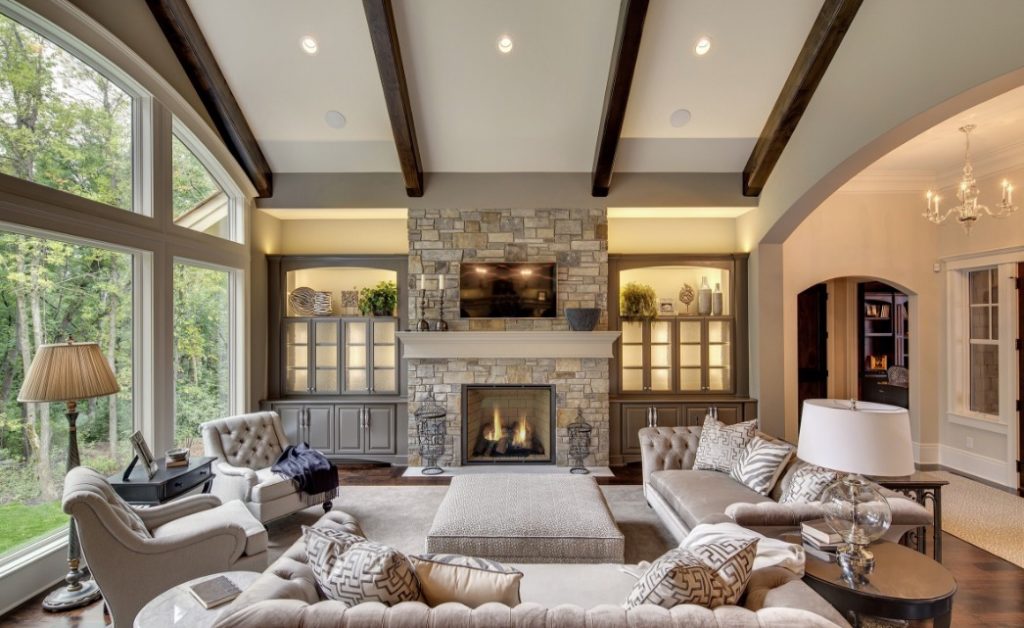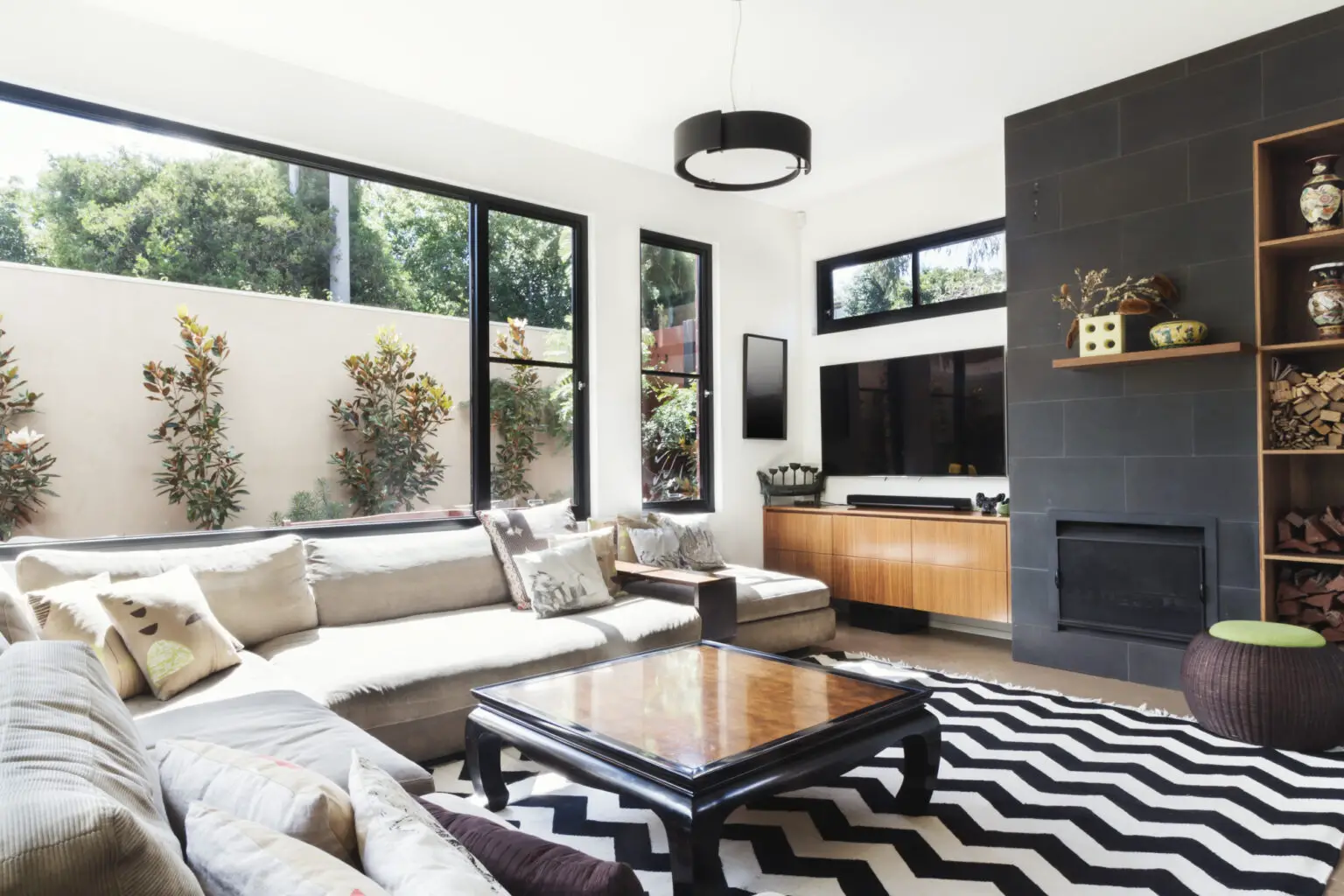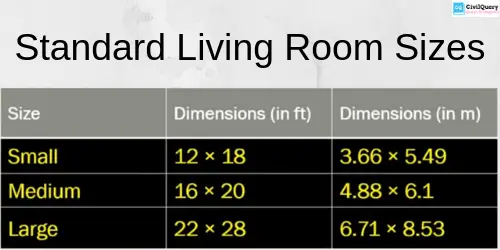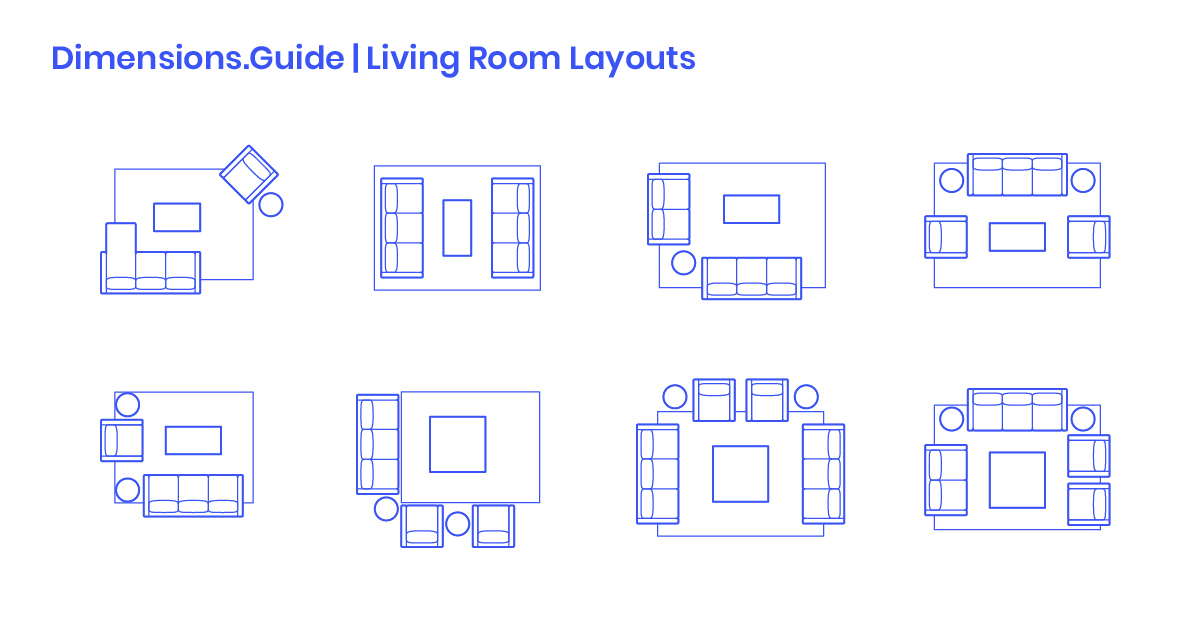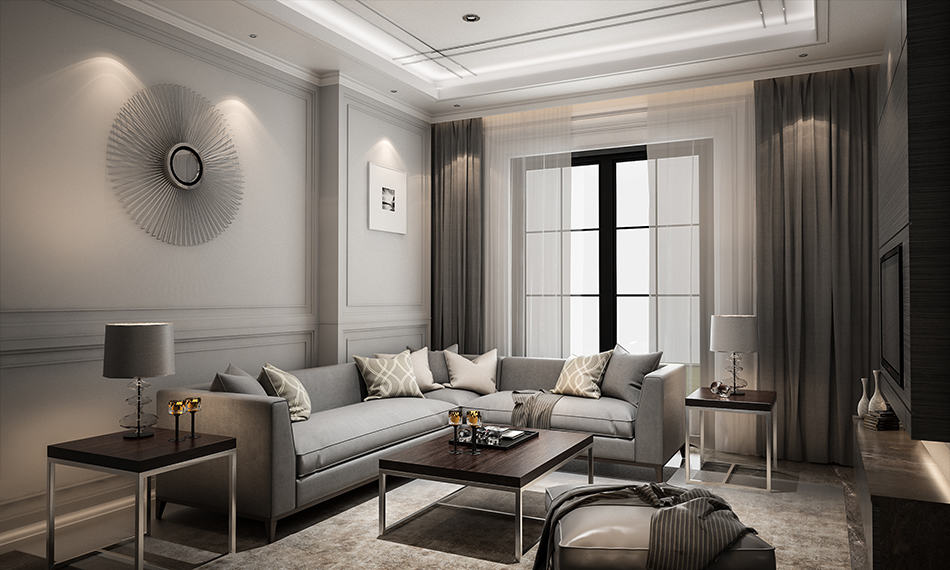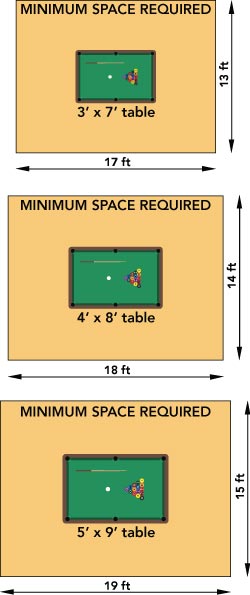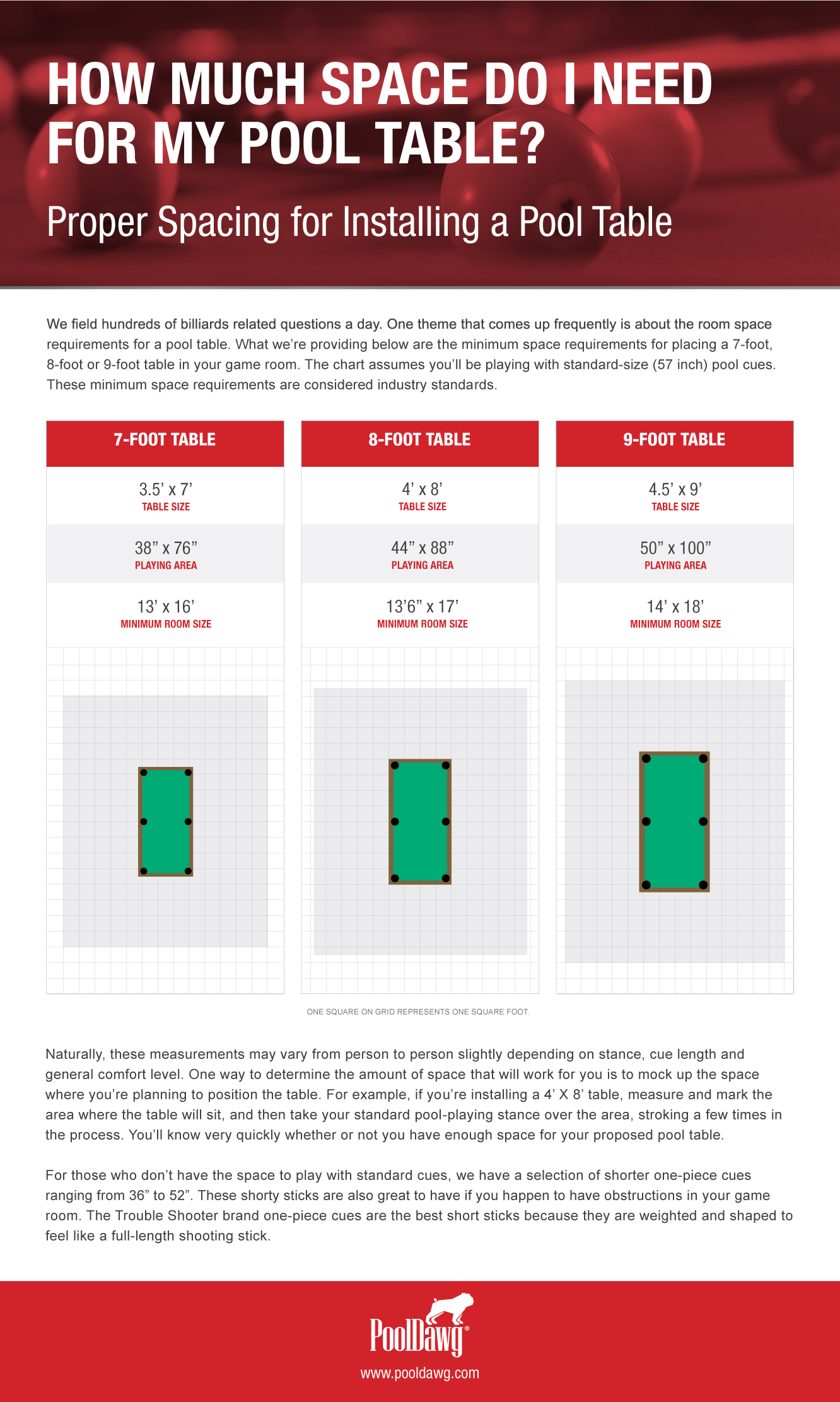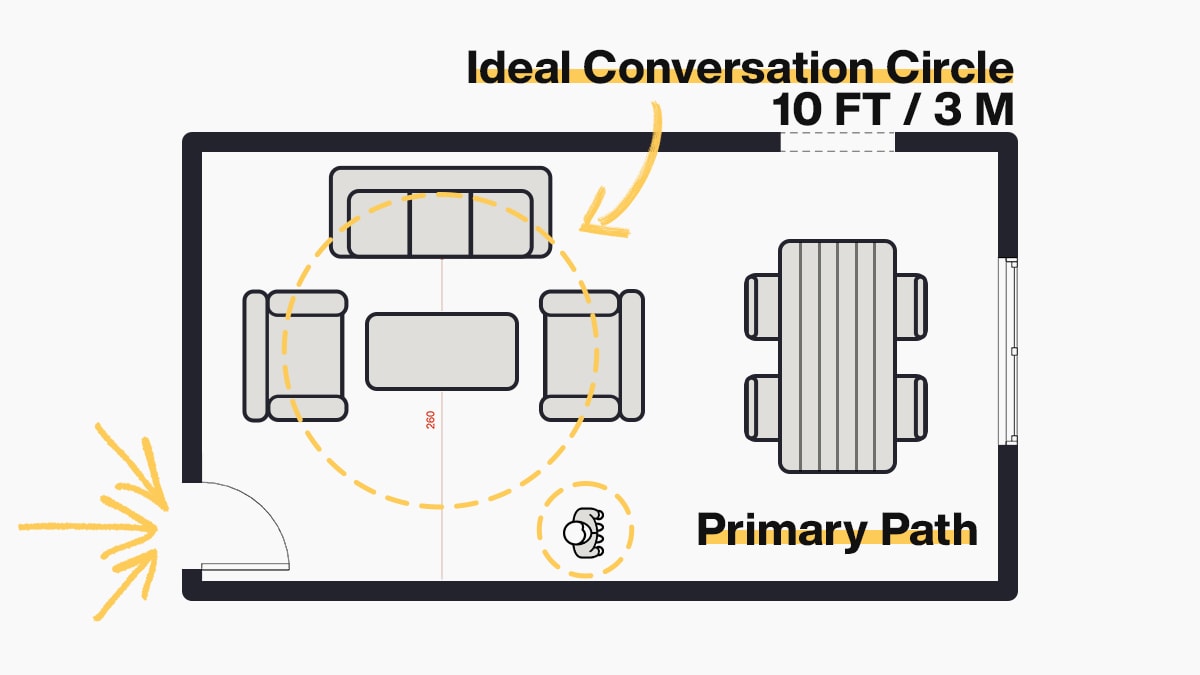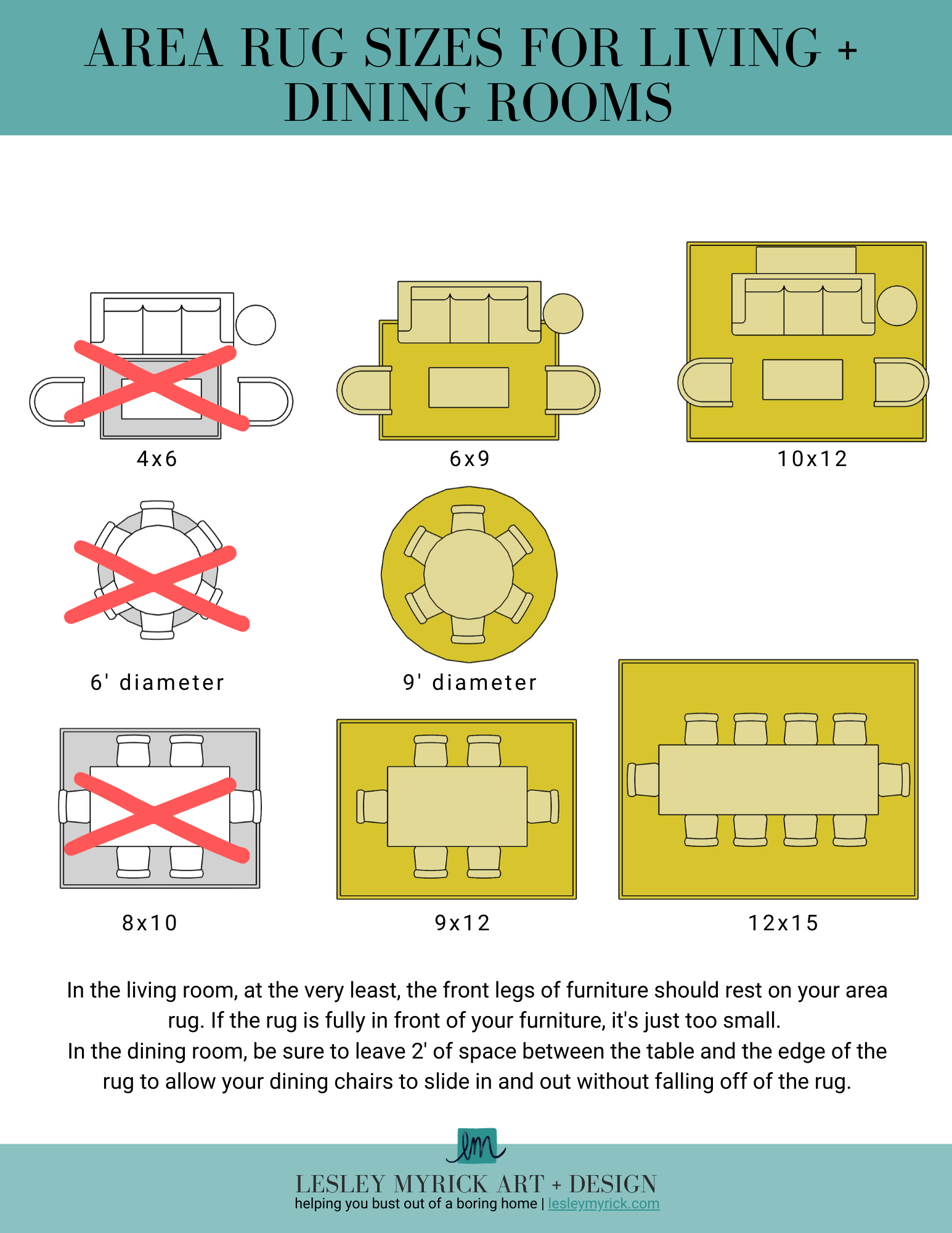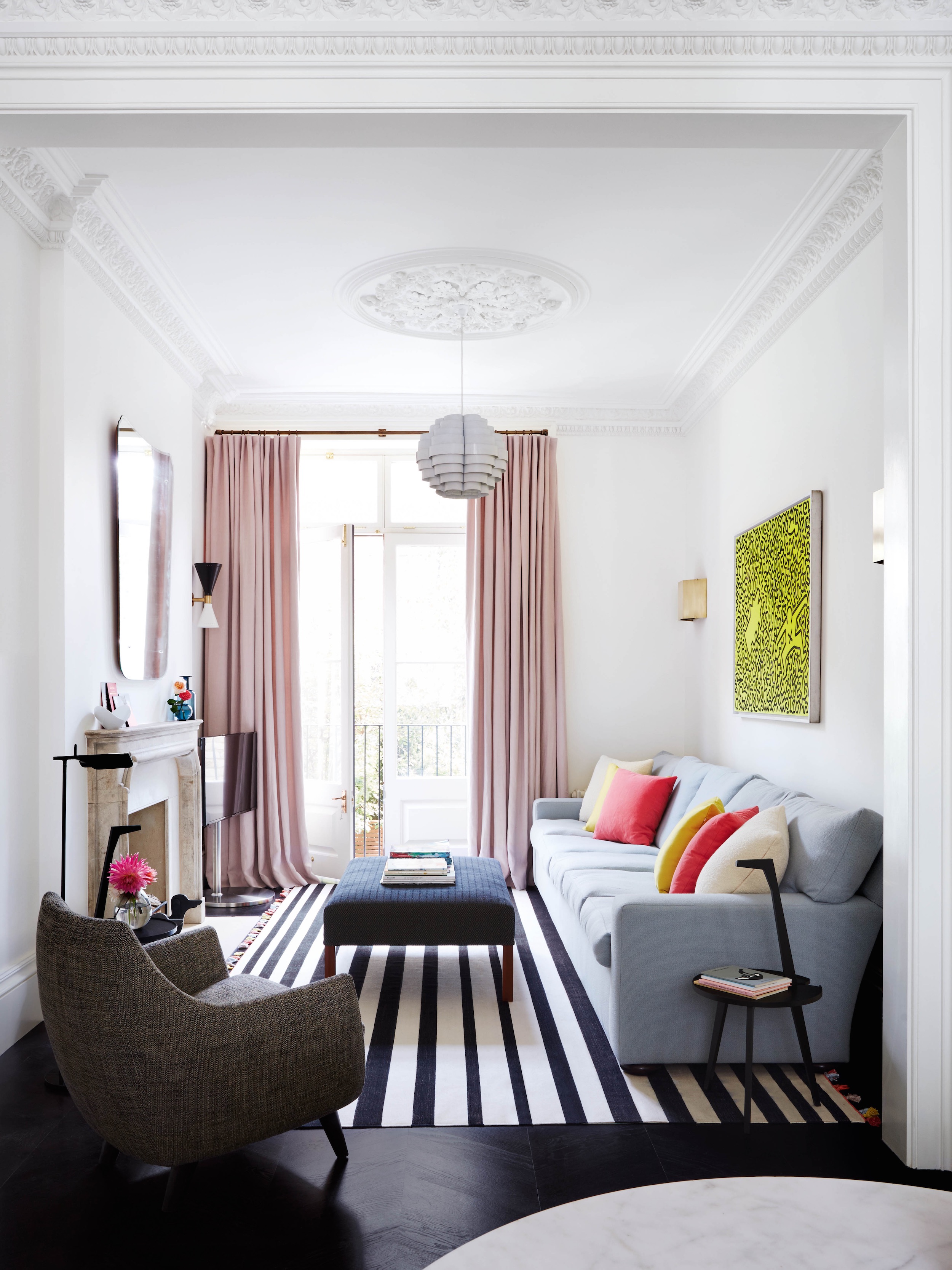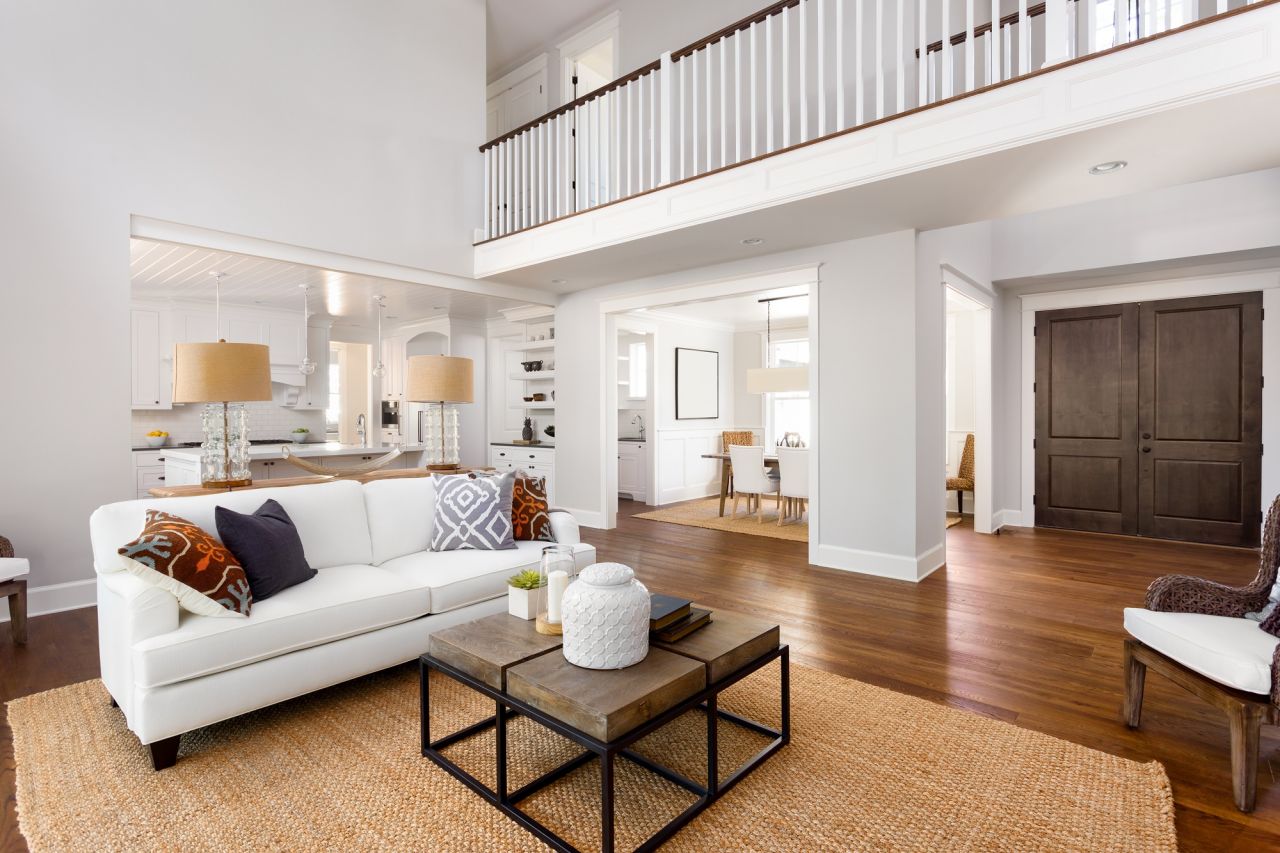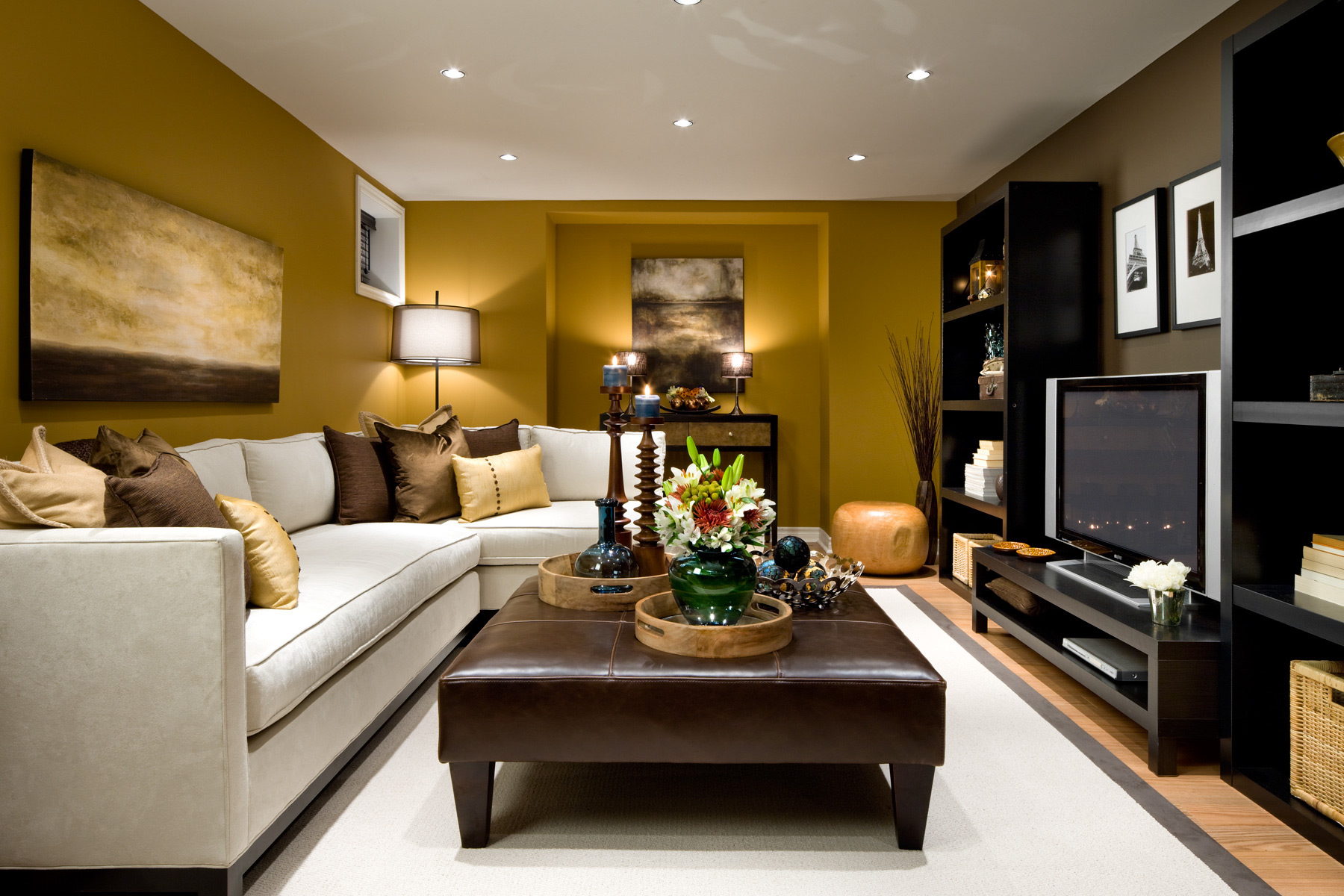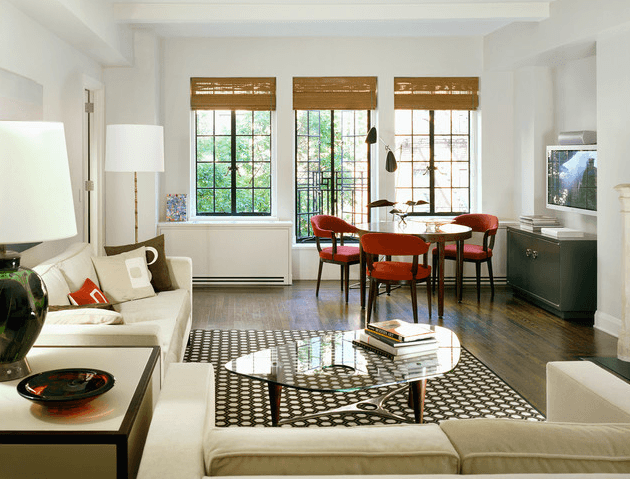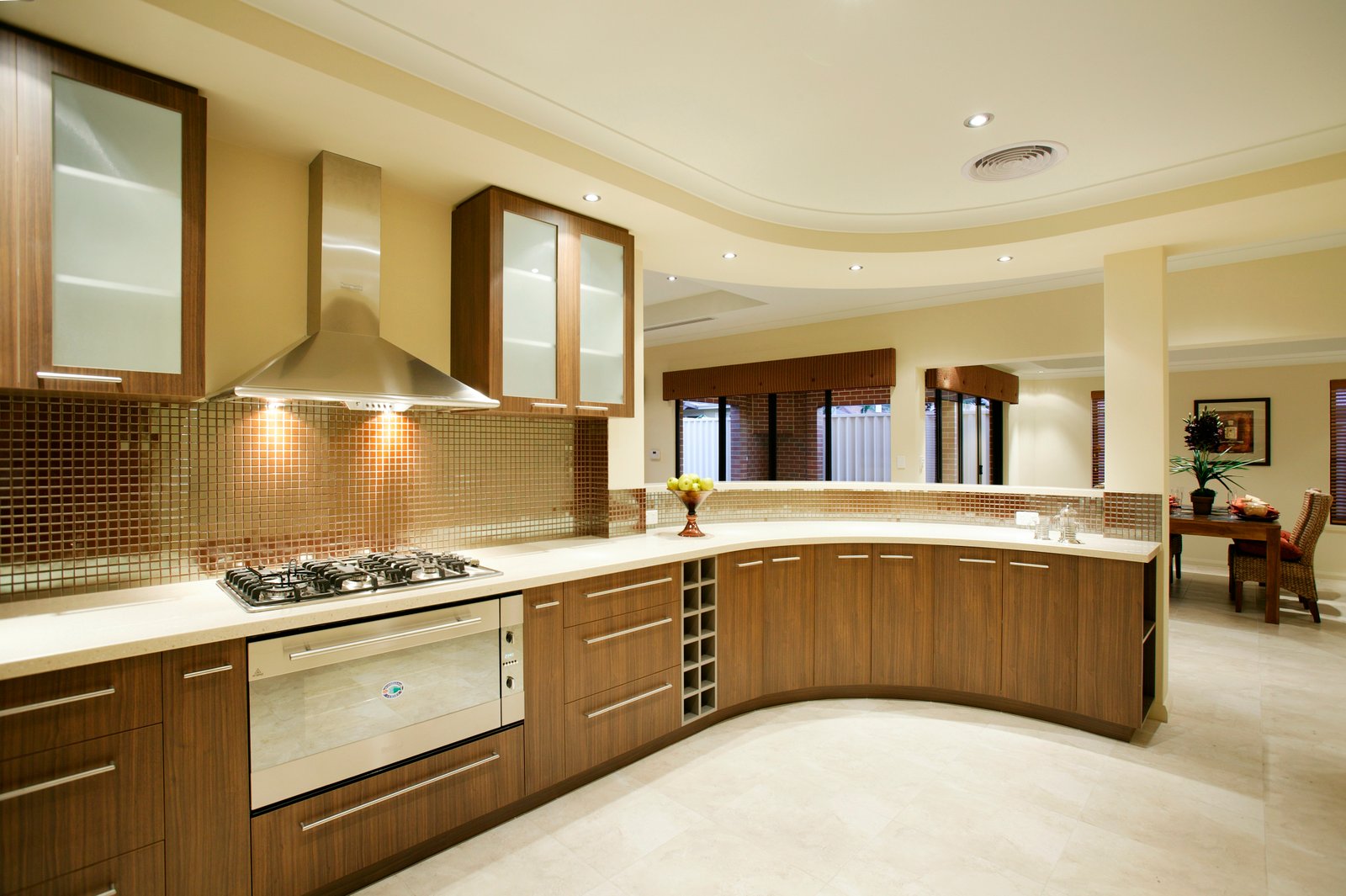When it comes to designing or renovating your home, one of the most important rooms to consider is the living room. It's where you relax, entertain guests, and spend quality time with your family. However, before you start picking out furniture and decor, it's crucial to determine the size of your living room. After all, the size of your living room will greatly impact the layout and functionality of the space. So, how big is a typical living room? The typical standard size of a living room is around 12x18 feet or 216 square feet. This size is suitable for most average-sized homes and can comfortably accommodate a standard-sized sofa, coffee table, and a few additional seating options. However, it's essential to note that this is just a general guideline, and the size of your living room may vary depending on various factors.Standard Living Room Size: How Big is a Typical Living Room?
If you're wondering how big your living room should be, the answer is that it depends on your specific needs and preferences. While the average living room size is around 12x18 feet, some homes may have much larger or smaller living rooms. For instance, older homes may have smaller living rooms, while newer homes may have larger open-concept living spaces. If you're someone who loves to entertain and host big gatherings, you may want to consider a larger living room of around 16x20 feet or more. On the other hand, if you live in a small apartment or prefer a more intimate and cozy atmosphere, a smaller living room of around 10x12 feet may be more suitable for you.Average Living Room Size: How Big is a Typical Living Room?
The dimensions of your living room will depend on the shape of the room. While the standard size for a rectangular living room is around 12x18 feet, a square-shaped living room may be closer to 15x15 feet. If you have an irregularly shaped living room, it's essential to consider the different areas and angles when determining the size of your space. Another factor to consider when it comes to living room dimensions is the ceiling height. A higher ceiling can make your living room feel more spacious and grand, while a lower ceiling may make the space feel more cozy and intimate. So, if you have a higher ceiling, you may be able to get away with a slightly smaller living room size, while a lower ceiling may require a larger living room to avoid feeling cramped.Living Room Dimensions: What is the Typical Size?
While there is no one-size-fits-all answer to how big your living room should be, there are a few things you can consider when determining the size of your space. Firstly, think about how you plan to use your living room. Will it primarily be a space for relaxation and watching TV, or will you be using it for more formal gatherings and entertaining? This will help you determine the amount of seating and space you'll need in your living room. Next, consider the size of your furniture and how it will fit into the space. If you have a large sectional sofa, you may need a bigger living room to accommodate it comfortably. On the other hand, if you prefer smaller furniture pieces, you may be able to get away with a smaller living room. Also, take into account the size of the other rooms in your home. Ideally, your living room should be proportionate to the rest of your house. For example, if you have a large dining room or kitchen, you may want a larger living room to balance out the space.Living Room Size Guide: How Big Should Your Living Room Be?
If you're still unsure about how big your living room should be, you can use a living room size calculator to help you determine the ideal size for your space. These calculators take into account the dimensions of your room, the size of your furniture, and your specific needs and preferences to give you a recommended living room size. You can find many free living room size calculators online, or you can consult with an interior designer for more personalized recommendations.Living Room Size Calculator: Find the Perfect Size for Your Space
While there is no one-size-fits-all answer to the ideal living room size, there are some general recommendations you can follow. For a comfortable and functional living room, aim for a space that is at least 12x18 feet or 216 square feet. This size will allow for a standard-sized sofa, a few additional seating options, and room to move around comfortably. However, if you have a larger home or prefer a more open-concept living space, you may want to consider a living room size of around 16x20 feet or more. This size will give you more space to work with and can accommodate larger furniture pieces and more seating options.Living Room Size Recommendations: What is the Ideal Size?
In some cases, the size of your living room may be dictated by building codes or regulations. For example, in an apartment or condominium, there may be minimum size requirements for the living room to meet safety standards. If you're building a new home, it's essential to check with your local authorities to ensure your living room meets the necessary size requirements.Living Room Size Requirements: How Much Space Do You Need?
While the average living room size is around 12x18 feet, there are no specific standards for living room size. However, there are certain guidelines that can help you determine if your living room is too big or too small. For example, if your living room is less than 10x10 feet, it may feel too cramped and uncomfortable. On the other hand, if your living room is larger than 20x30 feet, it may feel too spacious and difficult to decorate.Living Room Size Standards: What is Considered a Typical Size?
If you're still unsure about the right size for your living room, you can compare standard sizes for different rooms to get a better idea. For example:Living Room Size Chart: Compare Standard Sizes for Different Rooms
Whether your living room is on the smaller or larger side, there are ways to make the most of your space and create a functional and stylish room. If you have a small living room, consider using multi-functional furniture and utilizing vertical space. For example, a sofa with built-in storage can help you save space and keep your living room clutter-free. You can also use floating shelves or wall-mounted cabinets to add storage without taking up floor space. On the other hand, if you have a large living room, create separate seating areas to make the space feel cozier and more inviting. You can also use rugs and furniture placement to define different areas within your living room, such as a reading nook or a conversation area. In conclusion, while there is no one specific size that works for every living room, there are some general guidelines and recommendations you can follow. Ultimately, the size of your living room should be based on your specific needs and preferences, as well as the size and layout of your home. By considering these factors and using tools like living room size calculators, you can determine the perfect size for your living room and create a space that is functional, comfortable, and stylish.Living Room Size Ideas: How to Make the Most of a Small or Large Space
The Importance of Consideration in Choosing the Right Size for Your Living Room

Creating the Perfect Space for Your Home
 When it comes to designing your dream home, one of the most crucial elements to consider is the size of your living room. This space is where you and your family will spend the majority of your time together, making it an essential area to get right. The ideal living room size will not only enhance the overall aesthetic of your house but also provide comfort and functionality for your daily activities.
What is the typical size for a living room?
The answer to this question may vary as it depends on several factors such as the size of your house, the number of occupants, and the overall design and layout of your home. However, according to industry standards, a living room should be between 16 to 20 square meters or 172 to 215 square feet.
When it comes to designing your dream home, one of the most crucial elements to consider is the size of your living room. This space is where you and your family will spend the majority of your time together, making it an essential area to get right. The ideal living room size will not only enhance the overall aesthetic of your house but also provide comfort and functionality for your daily activities.
What is the typical size for a living room?
The answer to this question may vary as it depends on several factors such as the size of your house, the number of occupants, and the overall design and layout of your home. However, according to industry standards, a living room should be between 16 to 20 square meters or 172 to 215 square feet.
The Advantages of Having a Properly Sized Living Room
Making Room for Flexibility
 Another important factor to consider is the flexibility of your living room. As your family grows or your needs change, you may find yourself needing a different layout or more space. It's always a good idea to leave room for adjustments and modifications in the future. This can be achieved by opting for an open floor plan or investing in multi-functional furniture.
The Bottom Line
In conclusion, the size of your living room plays a crucial role in creating the perfect space for your home. It should not only cater to your current needs but also have room for flexibility in the future. By considering the purpose of the space and your family's lifestyle, you can determine the ideal size for your living room and create a comfortable and functional area for your loved ones to enjoy.
Another important factor to consider is the flexibility of your living room. As your family grows or your needs change, you may find yourself needing a different layout or more space. It's always a good idea to leave room for adjustments and modifications in the future. This can be achieved by opting for an open floor plan or investing in multi-functional furniture.
The Bottom Line
In conclusion, the size of your living room plays a crucial role in creating the perfect space for your home. It should not only cater to your current needs but also have room for flexibility in the future. By considering the purpose of the space and your family's lifestyle, you can determine the ideal size for your living room and create a comfortable and functional area for your loved ones to enjoy.



